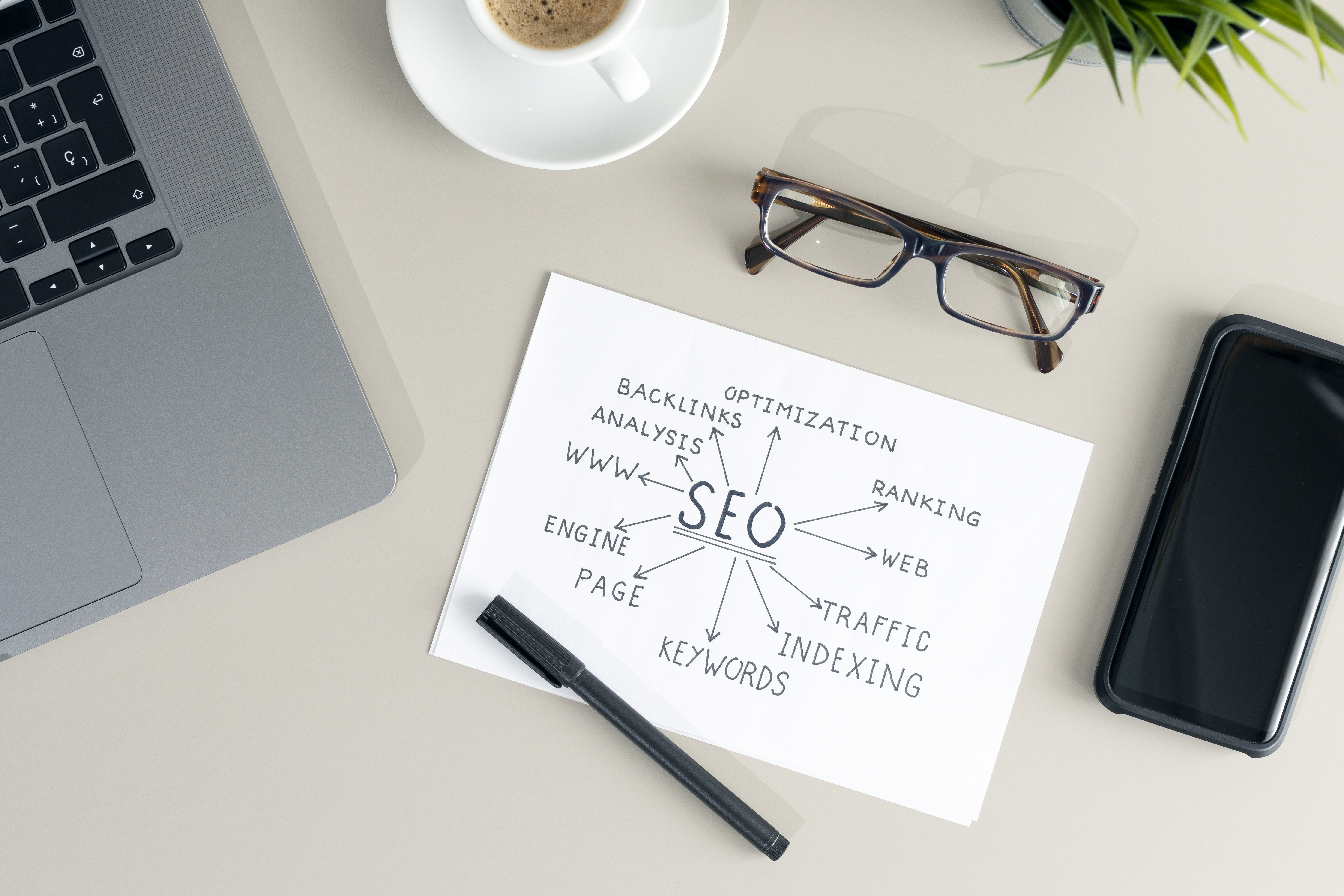
Introduction to 2025's Web Design Landscape
As we dive into 2025, the web design landscape continues to evolve with innovative approaches that prioritize user experience while pushing creative boundaries. At Berk Solutions, we're at the forefront of these changes, implementing cutting-edge design trends that deliver results for our clients.
1. Immersive Scrolling Experiences
The traditional scroll has transformed into an engaging journey. Websites now feature smooth transitions, parallax effects, and horizontal scrolling sections that guide users through content in a more intuitive and engaging way. This approach not only captures attention but also improves information retention and user engagement.
2. AI-Driven Personalization
Artificial Intelligence is revolutionizing how websites adapt to individual users. From dynamic content presentation to personalized navigation paths, AI-powered design elements create unique experiences for each visitor. This level of personalization significantly improves conversion rates and user satisfaction.
3. Micro-Interactions and Animation
Subtle animations and micro-interactions are becoming increasingly sophisticated, providing immediate feedback and guiding users through their journey. These small but impactful design elements enhance user experience by making interfaces more intuitive and engaging.
4. Dark Mode and Color Psychology
Dark mode isn't just a trend; it's becoming a standard feature. We're seeing more websites implement smart color schemes that automatically adjust based on user preferences and time of day. This focus on visual comfort combines with strategic color psychology to create more impactful designs.
5. Performance-First Design
With Core Web Vitals becoming increasingly important for SEO, designers are prioritizing performance without sacrificing aesthetics. This includes optimized images, efficient loading techniques, and streamlined code that ensures fast load times across all devices.
Implementing These Trends Effectively
While these trends offer exciting possibilities, successful implementation requires careful consideration of your specific business needs and user expectations. At Berk Solutions, we help businesses integrate these trends thoughtfully, ensuring they enhance rather than detract from the user experience.

